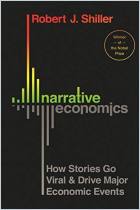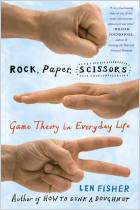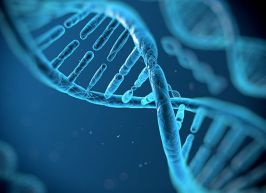
How to Clone a Mammoth
The Science of De-Extinction
Read or listen offline
Recommendation
Evolutionary biologist and ecologist Beth Shapiro, PhD, specializes in ancient DNA. She uses fossils, paleogenomics, prehistoric-time-dating tools and environmental data to study how animals adapted to changing conditions. She provides an entertaining walk on the “re-wilding” side of restoration ecology. Her prologue sets out the purpose of her book and notes the waypoints on the journey to species resurrection, notably the process of “de-extinction.” She reports that bringing a dead species back to life is extraordinarily difficult and complex; there’s no easy-to-follow set of instructions. Be prepared to reread some passages unless you majored in the sciences. Shapiro admirably balances descriptions and examples of environmental challenges with scientific explanations of genes, genomics and current genetic science techniques. And if you ever wondered whether dinosaurs could roam the Earth again, as in Jurassic Park, she puts that question to rest.
Take-Aways
About the Author
Evolutionary molecular biologist and a 2009 recipient of the MacArthur Fellowship Dr. Beth Shapiro teaches in the Department of Ecology and Evolutionary Biology at the University of California, Santa Cruz. She is a popular presenter and interview guest.
















Comment on this summary or Начать обсуждение